The planet Earth is home to 193 states, all of which are acknowledged as members of the United Nations. Among these nations, there are ten that stand out as the smallest in terms of size. In fact, their combined surface area is so minuscule that it doesn’t even match that of Mexico City’s urban area, which spans over 1,499 square kilometers. Despite their size, these ten states have unique characteristics and cultures that make them significant in their own right. Interestingly, some of these states have chosen to forgo the establishment of armed forces, perhaps recognizing that their small size makes military protection unnecessary. Without further ado, let us take a closer look at these ten smallest states in the world.
1. Vatican City State
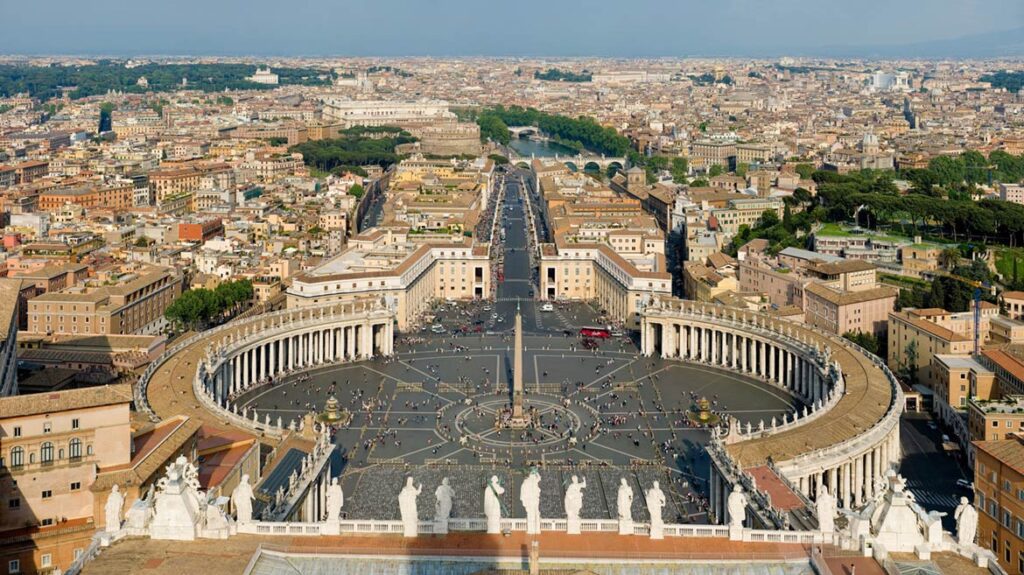
Sacred football field.
The city center of Rome is the smallest state in the world, and although it is not a member of the United Nations, it is recognized as an independent state globally. The state’s population is only between 800 and 900 people, residing on an area of 0.44 square kilometers. Out of these, 572 hold Vatican citizenship, which is only awarded to individuals with specific roles in the state, while the others are considered similar to immigrants.
Despite its small size, the Vatican City is equipped with various facilities, including approximately 50 streets, a train station, and a heliport. The state even has its own football team that plays on behalf of the Vatican. Additionally, to ensure an environmentally friendly energy supply, the Vatican has installed a solar power plant, equivalent in size to a football field, to provide alternative energy.
In summary, the city center of Rome is recognized as the smallest independent state globally, housing a population of only 800 to 900 people, with the majority being immigrants. The state provides facilities such as a train station, a heliport, and even has its own football team. Furthermore, the Vatican is committed to environmental sustainability, exemplified by its solar power plant, which covers an area equivalent to a football field.
2. Principality of Monaco

Tax haven.
In the 5th century, Greek settlers established the foundation for what is now the world’s smallest tax haven on the coast of France. Since becoming independent on February 25, 1489, this principality has attracted many people. Despite its small size of only 2.02 square kilometers, it is home to an astonishingly high population density of 17,889 inhabitants per square kilometer. Nevertheless, Monaco is considered one of the most picturesque places in Europe and is known for hosting Formula One Racing.
Monaco’s unique control system has enabled it to thrive despite its limited space. Individuals here are not subject to any direct tax liabilities, including income tax and inheritance tax. This lack of taxation has undoubtedly contributed to the principality’s economic success and its ability to attract wealthy individuals from around the world.
It’s no surprise that Monaco has earned the nickname “Manhattan on the Mediterranean” and continues to boom economically. With its picturesque setting and favorable tax policies, this small state has carved out a unique niche for itself on the world stage.
3. Republic of Nauru

Pleasant Island.
Deiboe, Eamwidamit, Eamwidara, Eamwit, Eamgum, Eano, EMEO, Eoraru, Irutsi, Iruwa, Iwi, and Ranibok are the twelve tribes that once lived on a coral island in the Pacific Ocean, which is symbolized by the twelve-pointed star on the national flag of Nauru. Today, this 21-square-mile kingdom is divided into 14 districts, with a population of approximately 10,175 people. At one point, the island was considered a paradise due to its high standard of living, which was primarily supported by phosphate mining.
However, since the depletion of the phosphate reserves in 2001, the situation has dramatically changed, and the standard of living has deteriorated significantly. The nation’s economy is now on the brink of bankruptcy, and the state budget is reliant on grants from Australia. This shift has been a significant challenge for the small state, which had previously enjoyed a high standard of living.
4. Tuvalu
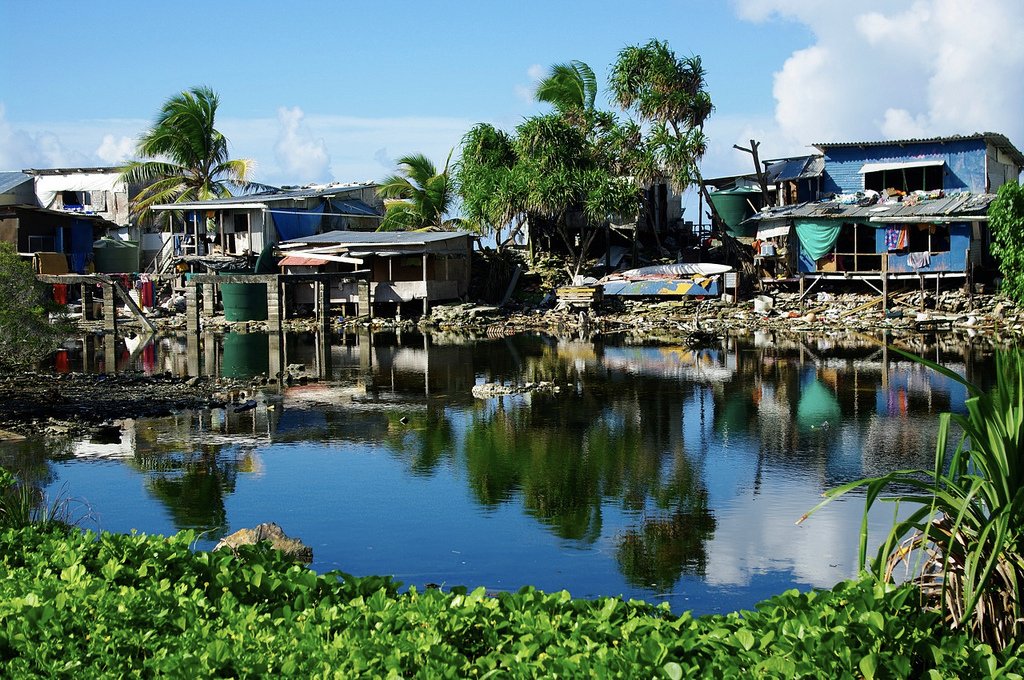
Ellice Islands.
One of the smallest states in the world is Tuvalu, which was expelled from the British Commonwealth in 1974 when it was known as the Ellice Islands. However, in 1978, it was renamed Tuvalu and was recognized as an independent state within the Commonwealth of Nations.
With a land area of only 25 square kilometers, Tuvalu is home to around 10,500 inhabitants. The island’s highest point is only five meters above sea level. The majority of the population rely on agriculture and fisheries for their livelihood.
5. Republic of San Marino
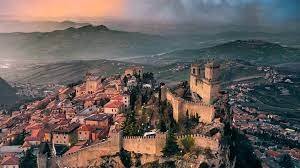
State veteran.
San Marino, located in the heart of Italy, is not only one of the five smallest states in the world, but it is also the oldest republic. According to historical records, in the year 301, a Christian stonemason named Marinus fled from Croatia and sought refuge on Mount Titano. This event marks the beginning of San Marino’s history and its reputation as a safe haven for refugees and the persecuted.
Today, San Marino has a population of approximately 32,500 citizens, making it one of the smallest and most densely populated states in the world, with a land area of only 60.57 square meters. Interestingly, around 12,800 of its citizens live abroad, reflecting the state’s significant diaspora population.
6. Principality of Liechtenstein

Hard-fought.
Liechtenstein, one of the smallest states in the world, gained its political independence in 1806 after being repeatedly occupied by various forces, including the Germans and the French.
This small principality is unique as it is the only state that is entirely located in the Alps. It boasts the highest point of Mount Liechtenstein Front Grauspitz, which stands at a height of 2,599 meters, as well as the lowest point of Ruggeller Riet, which is 430 meters above sea level. The state is divided into eleven communities, and it has a population of approximately 36,942 people, out of which around 12,000 are foreigners.
7. Republic of the Marshall Islands
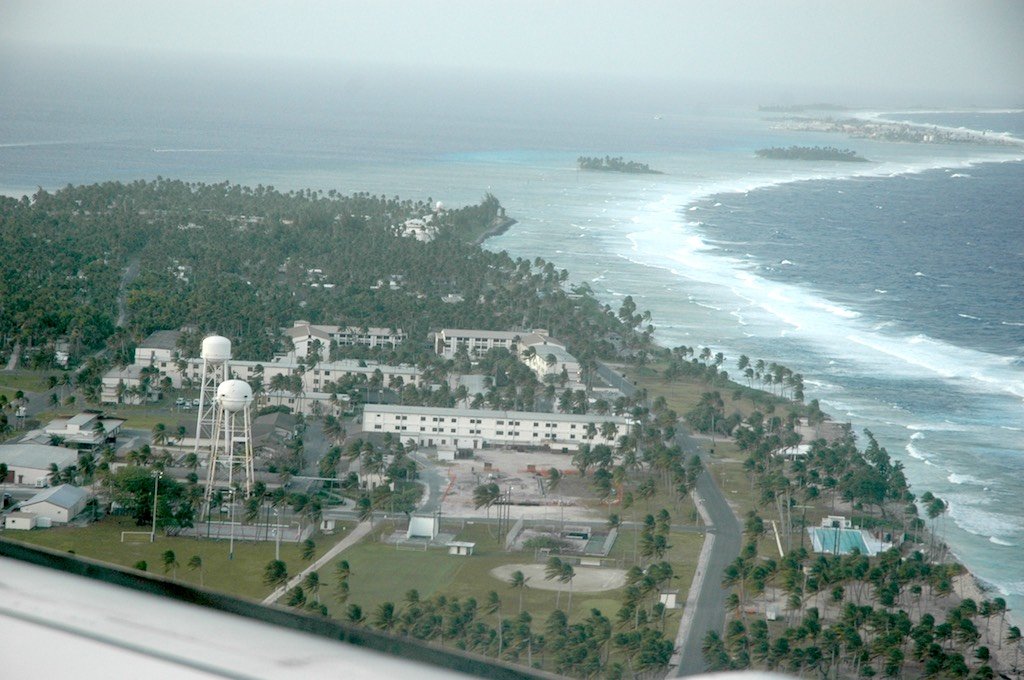
Island Puzzle.
The Republic of the Marshall Islands, one of the smallest states in the world, is located in the Pacific Ocean and is known for its two-meter-high towers, which mark the highest point of the islands. The land area of the islands covers 181.3 square kilometers, and they are divided into two almost parallel island or atoll chains that extend over an area of almost two million square kilometers in the ocean.
Since 1986, the Republic has been recognized as an independent state and is home to a population of around 54,600 residents. The islands gained notoriety in the 1950s due to the atomic bomb tests that took place just 160 kilometers away from Bikini Atoll. Despite this dark history, the Republic of the Marshall Islands is considered one of the most romantic places in the world, with its stunning natural beauty and rich cultural heritage.
8. Cook Islands
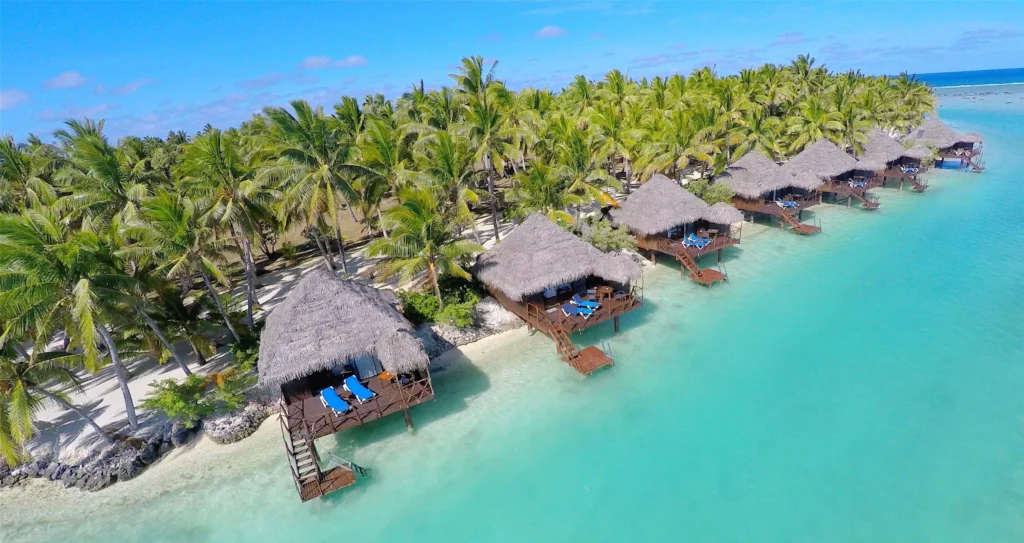
Special.
To be precise in international law, the Cook Islands possess a unique status. Even though the land area is around 240 square kilometers and located in the South Pacific, it is regarded as an independent nation. However, it is classified as “in free association with New Zealand”. The population of the Cook Islands is nearly 18,600 individuals, but they don’t have their own citizenship; instead, they are recognized as New Zealand citizens. The state is administratively divided into eleven island councils. The most extensive island covers 65 square kilometers and has a population of almost 15,000 inhabitants, while the smallest island is Palmerston, occupying an area of 2.1 square kilometers, and inhabited by about 50 people. These islands are famous for being one of the best honeymoon destinations.
9. Niue
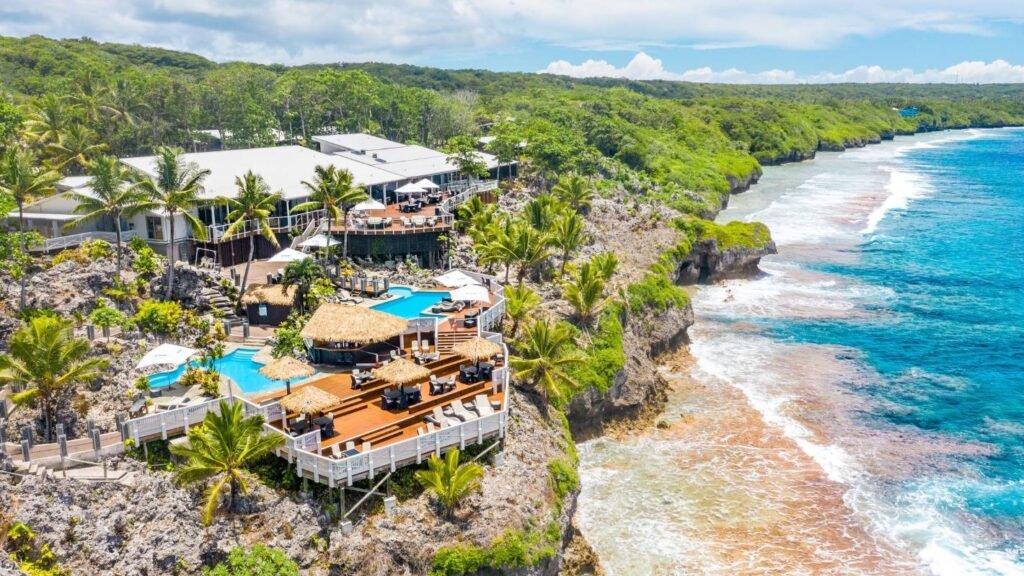
Lonely Paradise.
The small state of Niue, covering an area of 261.4 square kilometers, is another example of a territory that is recognized as an independent state but does not have its own citizenship. Niue is associated with New Zealand, much like the Cook Islands. With a population density of only 5.2 people per square kilometer, Niue is considered one of the most sparsely populated countries in the world. Its population of approximately 1,300 people is spread across 13 villages and several small settlements.
While Niue does have an airport, it does not have a port for shipping goods. Instead, goods that arrive by sea are trans shipped by barge. Niue also has limited internet access, with only 900 internet users and nearly 400,000 .nu country domains. Despite these challenges, Niue remains a unique and fascinating place to visit.
10. Federation of Saint Kitts and Nevis

A double-edged destination.
In the Caribbean Sea, Christopher Columbus discovered the islands of St. Kitts and Nevis in 1493, but it was only in the early 17th century that they were colonized. The 269 square mile land was later included as an independent state in the British Empire, and presently, 50,314 people inhabit the two islands.
In 2008, it was discovered that St. Kitts had one of the highest murder rates per capita, but nonetheless, the two islands are renowned tourist destinations, particularly among tourists from the United States.
FINAL THOUGHTS
In conclusion, the world is home to many small and unique states, each with its own history, culture, and beauty. From the oldest republic of San Marino to the romantic Marshall Islands, these states have much to offer despite their small size. Whether you are interested in exploring the depths of the Pacific Ocean or the heights of the Alps, these states provide a glimpse into the diverse beauty of our planet. This list is definitely a great recommendation to consult a list of the smallest states in the world and embark on a journey to discover their unique features.






